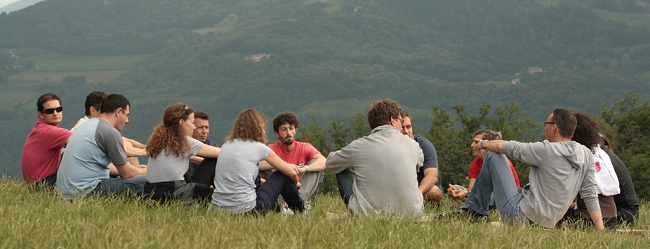1. Different learning styles are needed for different learners
Every mother knows that her child is unique, so it follows that unique children can benefit from unique play and learning spaces. Learning outside of the classroom can enhance students’ understanding by bringing them closer to the natural world and making subjects more visual and interesting.
2. Physical activity can improve a child’s academic performance
A child who plays in a playground with coloured lines or shapes marked out will expend more energy than those playing in a blank box. The more energy expended by a child, the less fidgeting there is in the classroom and the better their concentration levels. Active Living Research found that this lead to better grades when tested against a control group.
3. Physical activity in outdoor spaces aids the development of children’s motor skills
Studies have found that children who don’t practice their locomotor skills (walking, running, jumping) and manipulative skills (throwing, catching, rolling) early on are more likely to be inactive and dislike physical activity and sports. Developing competency in motor skills helps children become confident and Ofsted noted that outdoor spaces can really help young learners to combat a sense of underachievement.
4. Better outdoor learning environments contribute to richer social and emotional development and physical well-being
Useful playground markings, in conjunction with a peaceful playground program, leads to a decrease in bullying. This was because children were better able to understand and respect each other’s spaces.
5. Interacting in an outdoor space creates a greater sense of connection and responsibility, which leads to team development
Instead of working separately at desks, children are encouraged to interact and problem solve together. Groups begin to cultivate an "If we can do this, we can do anything" attitude when they work together.
How do you go about embracing outdoor learning at your school? Let us know in the comments.


















